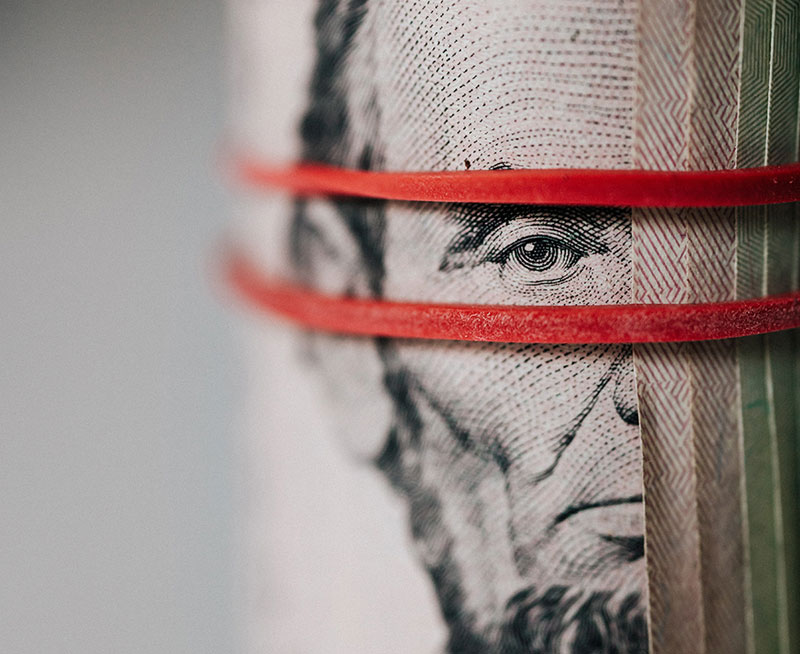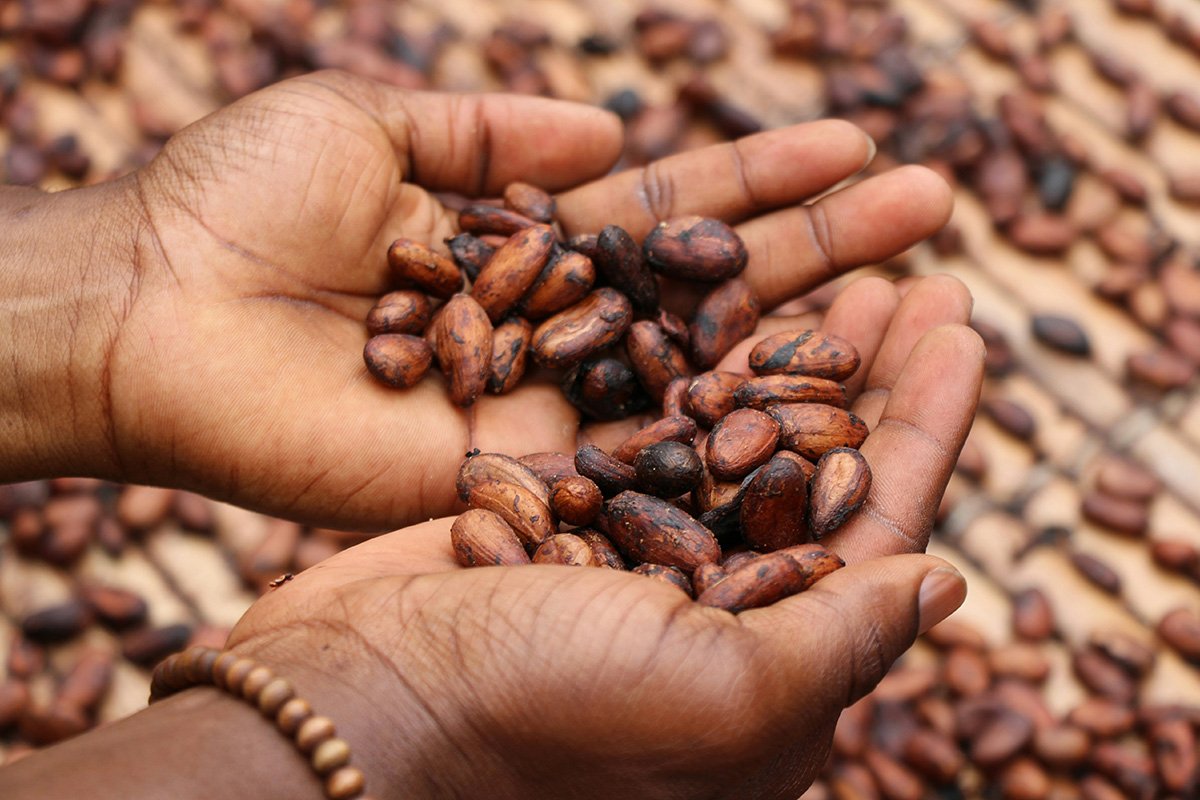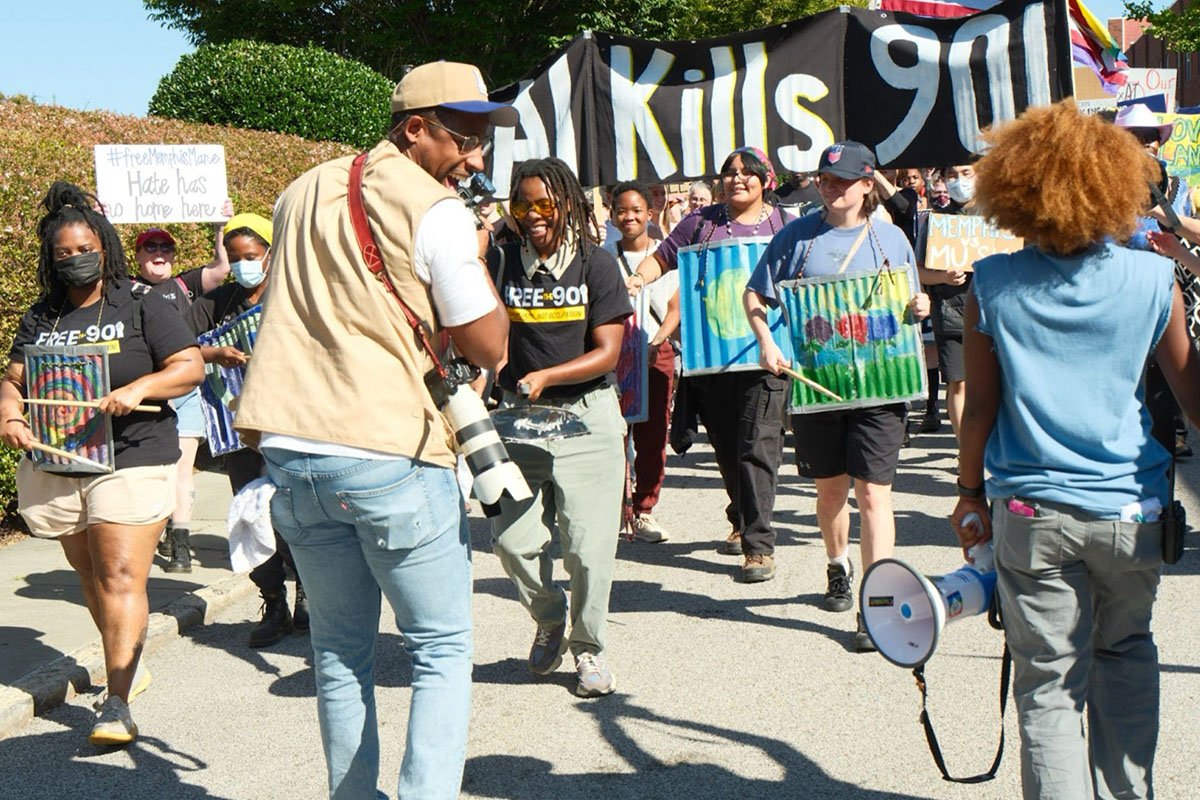
At NPQ, we have regularly covered community development finance institutions (CDFIs). Begun by civil rights movement activists who set up loan funds, specialty banks, and credit unions—often initially backed by capital from Catholic orders of nuns—the movement has gained both in size and stature over time.
Back in 1991, Ron Grzywinski—one of the four cofounders of ShoreBank, a community lender on the south side of Chicago launched in 1973, long before the term “CDFI” was invented—wrote in Harvard Business Review that the core idea was to pair “radical values and conservative [finance] principles.”
“For us,” he added, “investing in the future also means banking as a force for economic development, banking as a way of restoring community self-confidence, banking that extends credit to hard-working people who have never known its power.”
ShoreBank, alas, is no more, felled in 2010 by Great Recession losses and because federal regulators treated it far more harshly than “too big to fail” banks. But the CDFI movement it helped spawn has grown well beyond its founders’ visions.
By 2020, according to the US SIF (Social Investment Forum), CDFIs had $266 billion in assets, six times the $41.7 billion of a decade before, and over 60 times greater than in 1995. Even so, when the initial COVID-19 lockdown occurred in March 2020, CDFIs were initially largely ignored in the relief effort.
Lisa Mensah, who since 2017 has led Opportunity Finance Network (OFN), a trade association representing primarily community development loan funds with over 300 members in all 50 states, notes that when the COVID-19 economic shutdown first hit, the main question for many was survival. As Mensah puts it, “‘Are you going to survive? Who are your borrowers, and will they survive?’ That was the March question.”
And yet, as the initial Paycheck Protection Program (PPP) rollout excluded countless BIPOC-led nonprofits and businesses, it was often CDFIs that stepped into the breach. As Mensah puts it, “It is true that our small business lenders became kind of the heroes of a major effort to move federal and private dollars to the businesses that needed it.”
Back in April 2020, Joe Neri, CEO of IFF (originally Illinois Facilities Fund, but now operating in a six-state region), noted in NPQ that it was a critical “moment of choice.”
Normally, we would not think about participating in a “working capital” loan program like PPP…but these are not normal times, and so we made some departures from our normal decision-making. By asking ourselves who would be harmed by staying away from PPP, we realized that the very places we serve—smaller nonprofits, many of which are led by people of color—would be most hurt because they would have the most difficulty with the traditional banking system.
Mensah recalls that at first, “Even the official SBA [US Small Business Administration] lenders who were CDFIs were excluded in the original tranches or got shut out.” But “being left out of the party revealed our champions,” Mensah says. Champions included chairs of key committees in Congress and even CEOs of large banks, which quickly recognized that they were unable to reach small business owners in low-income communities and communities of color and called on the feds to support CDFI participation. Mensah adds that her tag phrase for 2020 was, “Your lender matters.”
Much as trusted advisors are critical for public health, so too this is true for finance. Mensah notes that “our customers…we were lenders to them, and we could expand.” This, Mensah explains, “became the other story of COVID.… It really moved to the front of the class a set of small business lenders and microlenders who had long been CDFIs, who had been smaller size in some cases; we had this huge experience of quickly adjusting to a federal program that was being made as it was being delivered.”
New Resources Come to CDFIs
Amid COVID-19, the policymaker “rediscovery” of CDFIs began in April. The “second round” of PPP explicitly set aside lending authority to “community financial institutions,” which included both federally registered CDFIs as well as other “small” (less than $10 billion in assets) banks and credit unions. By early August, the SBA reported, CDFIs alone had distributed over $7.5 billion through the forgivable loan small business program to more than 114,000 businesses.
Corporations have also been spurred by COVID-19 to invest in CDFIs. Google partnered with OFN to make available to CDFIs in its network a total of $10 million in grants and $175 million in debt. This money was used by OFN to offer members long-term, low-cost debt to finance more lending—with options for two-percent loans with five-year terms or three-percent loans with 10-year terms. Most of the $175 million has already been placed in member CDFIs. Typically, the loan money is paired—or, in Mensah’s words, “stapled”—with grant dollars to support overhead costs. In November 2020, OFN launched a Finance Justice Fund designed along similar lines to raise an additional $1 billion from foundations and corporations. “This kind of fixed rate, covenant-free, low-cost debt…is really important,” Mensah says.
Last, but not least, in December 2020, Congress passed the CARES 2 legislation and omnibus budget bill (see sections 522 and 523), whose provisions offered an unprecedented $12 billion in investment capital for CDFIs and other small-capital, BIPOC-owned and run banks and credit unions. To understand how significant this is, note that annual appropriations to the CDFI Fund, the main federal equity program to support CDFIs, were $262 million in 2020 and $270 million in 2021.
Getting the Federal Money to Communities
While the $12 billion in federal funding is a huge shot in the arm, getting the money out the door is a non-trivial issue. The $12 billion from the 2020 bill is split in three tranches: $1.25 billion for the CDFI Rapid Response Program, $1.75 billion for placement in “minority serving institutions” (Emergency Support and Minority Lending Program), and $9 billion in a program called ECIP (Emergency Capital Investment Program) to support equity investments in community development banks and credit unions.
Sign up for our free newsletters
Subscribe to NPQ's newsletters to have our top stories delivered directly to your inbox.
By signing up, you agree to our privacy policy and terms of use, and to receive messages from NPQ and our partners.
So far, only the Rapid Response awards have been announced. This occurred in June, with 863 institutions receiving awards. The awards, which exceeded $1.8 million for over 500 of the awardees, are, Mensah notes, “historic.” By contrast, awards in past years from the CDFI Fund have typically been around $500,000.
A Blended CDFI Business Model
Two months ago, in a story on impact investing, NPQ noted that, “Too many want to believe investors can both earn maximum economic returns and ‘do good’ at the same time.” There is a CDFI variant of this belief. Back in 1991, Grzywinski put it as follows: “What we were imagining was a development bank—a bank that could…satisfy the most demanding federal bank examiners, make a profit, and still transform an inner-city neighborhood without driving out those who lived there.”
Of course, just as some socially responsible investing funds generate maximum economic returns, some CDFIs (notably, regulated credit unions and banks) are both profitable and generate a social return. But many CDFIs don’t—and certainly not the unregulated community development loan funds that are the core of OFN’s membership. The business model, notes Mensah, is not 100-percent based on fees and interest earnings.
What exists, Mensah explains, is a “social enterprise blended model. We do have some CDFIs blend within their institution. They have a bank and a loan fund. The bank is self-sufficient, the credit union is self-sufficient, and the loan fund drives subsidy.” Mensah adds, “I think what I am proud of is that we’re always striving for high levels of self-sufficiency but unapologetic in dedicating subsidy and philanthropy to below-market instruments so we can do the work of moving money into high-poverty areas to people that markets won’t take a risk on. And keep our prices fair.”
Given that CDFIs, due to their mission, make loans that for-profit banks won’t, the rationale for subsidy dollars is clear. Sometimes, CDFIs can make loans that banks should have made but didn’t because of “market misperception”—which often is a polite term for explicit or implicit racial bias in lending. But (uncompensated) technical assistance is often required as well.
“We actually do something that you can’t do as much when you’re a regular bank,” Mensah says. “You can get in on the other side. You can go visit a business and offer accounting services.… You can take more time on a facilities’ deal and find new sources of capital.” Of course, doing such things is not cost-free.
OFN data from fiscal-year 2019, based on reports from 224 member funds, found an overall “self-sufficiency” ratio of 61 percent. But not all lending is alike. Funds engaging in commercial real estate lending reported an 81 percent self-sufficiency ratio while microlenders reported 43 percent. Scale matters, too; for instance, CDFIs with under $4 million in assets that made individual home loans reported a 40 percent self-sufficiency ratio, while CDFIs with over $75 million in assets making home loans reported a 98 percent ratio. Also, self-sufficiency is not an unalloyed benefit, particularly if a focus on “self-sufficiency” alters the degree to which a loan fund is engaging in transformative investment.
Building a Sustainable Model to “Go Deep”
“I think our real sweet spot as an industry is when we can loan at the toughest part of the market,” Mensah explains. CDFIs, Mensah emphasizes, must “go deep” to meet their mission. Yet funding constraints can and do limit how deep CDFIs can go. Part of Mensah’s pitch for philanthropic and corporate support for the Finance Justice Fund is that CDFIs “will go deep if they have the funds to go deep.”
In terms of public support to “go deep,” OFN is seeking to increase the CDFI Fund’s annual federal allocation from $270 million to $1 billion. The CDFI Fund provides core equity CDFIs can leverage and lend out at roughly eight to 12 times the amount awarded. As Mensah points out, this funding has “plateaued.”
A decade ago, the CDFI Fund’s allocation was $227 million. In short, federal core support since has basically tracked inflation, even as assets under management by CDFIs have climbed six-fold. This means more competition among CDFIs for those limited federal dollars. Mensah also is advocating for tailored government support to boost CDFI lending in key areas, such as climate, broadband, water, housing, and infrastructure. For example, Mensah says, “We are thinking that SBA is going to want to stay in low-income communities. And they need us. We should no longer be an afterthought. We should be more central to some of these programs that should grow and be made permanent.”
The point, Mensah says, is not just to obtain resources, but to build community finance infrastructure for the long haul. “We are trying to say, ‘Keep us here. Keep us prepared to do this work, not only in a crisis.’”
Mensah notes that, even as COVID-19 persists, she is sensing a desire by many actors in the field to let up. But the coming period, Mensah contends, could be even more challenging. As Mensah puts it, “It’s not a PPP loan. It is going to take nuance. And we’ve got this racial reckoning revealing the deepest parts of pain in our economy: people who never got agricultural loans, Native Americans that never got housing, Latinxs who never got a fair deal in their banks.”
Mensah adds that, “It is time to be serious about this economy and what it means. I feel that that’s the real question I am not always asked: ‘What is it really going to take to dig out? And give true opportunity?’”
The answer, Mensah contends, requires public backing for a kind of CDFI finance that makes deep investments in racial and economic justice, one in which community finance is fully integrated into the core of the nation’s financial system.











